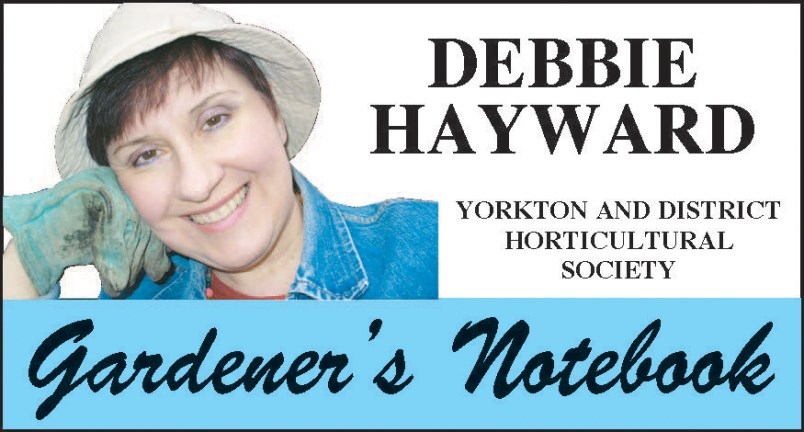Have you gone on your garden tour today? It’s great to see some signs of new spring life in the garden! Always first across the finish line in our garden is the bergenia, showing us those glossy leaves. The dianthus is looking good so far, with nice green shoots. The primulas’ ruffled leaves are up and a beautiful green, like new lettuce!
Let’s make a cup of tea and sit for a few minutes. Important to every garden are the pollinators. Let’s also remind ourselves that important to our lives are the pollinators. It’s is astonishing to know that more than one of every three bites of food we eat, or beverages that we drink, are thanks to pollinators. I read that more than half the diet of fats and oils comes from crops pollinated by animals, and they assist in the reproduction in 90% of the world’s flowering plants.
That’s an amazing job and responsibility for these amazing, tiny beings…and it is alarming to learn that they are in decline because of loss of habitat and the use of pesticides.
So what can we do? First of all, let’s learn about pollinators. We tend to think that the only pollinators are bees, but pollinators also include butterflies, wasps, beetles, bats and birds. There are over 200,000 “flowering plants” in the world, and they include almost every plant that we use for our food. They rely on pollinators to do their work, because pollen needs to be moved from one plant to another, and while a few plants, like corn, can reply on the wind to do this task, the small but mighty pollinators take on the task for most other plants.
Pollinators are attracted to various plants, either by color (insects like blue, purple and yellow, while hummingbirds like red); the shape of the flowers (butterflies like flowers like daisies that have a flat shape to land on); and scent.
For us as home gardeners, we can each do our part by trying to plant some flowers that are attractive to pollinators. If we can manage to give them food, shelter and water, they will come.
We should look for a variety of flowers that have different sizes of access to pollen. Some insects like wide open flowers, some like more tubular shapes. Here are some flowers that will keep pollinators happy: sunflowers, yarrow, zinnia, snapdragons, milkweed, petunias, lilies, oregano, cosmos, poppies, and calendula.
For water, we can make little water stops for insects by using a saucer filled with clean water, and small stones at one side for them to lane on while they sip. And for shelter, trees and shrubs in our yards, and even plant material that falls to the ground not only acts as mulch but shelter to many wonderful garden friends. Don’t be anxious to clean up every last leaf that falls in your yard!
They are small but vital, those wonderful pollinators, and we can ponder that as we sit outside enjoying a cup of coffee, eating an orange, or enjoying a bowl of fruit. Without the pollinators we’d be without those delicious foods!
Let’s talk gardening! TheCommunity Peace Garden (located at the Yorkton Alliance Church) will have some garden plots available for the coming gardening season. If you’re looking for some gardening space, please call Warren at 306-782-3249 for full details. The Yorkton and District Horticultural Society is still without meetings, but looking ahead with hope to when we can gather again! Visit us at to find out what’s new! Have a great week!
Thank you to our friends at Yorkton This Week for their amazing work!




